High-Profile Player Investments: Are They Worth it?
When Manchester United splashed €95 million on Antony, hopes were high that he’d become a key asset. However, following an unremarkable tenure that ended with a loan to Real Betis without any fee involved, it's clear the investment wasn't as fruitful as anticipated. This scenario prompts a closer look at six other mega deals in the Premier League that even trumped Antony's fee. Let's see how those transfers have fared compared to their hefty price tags.
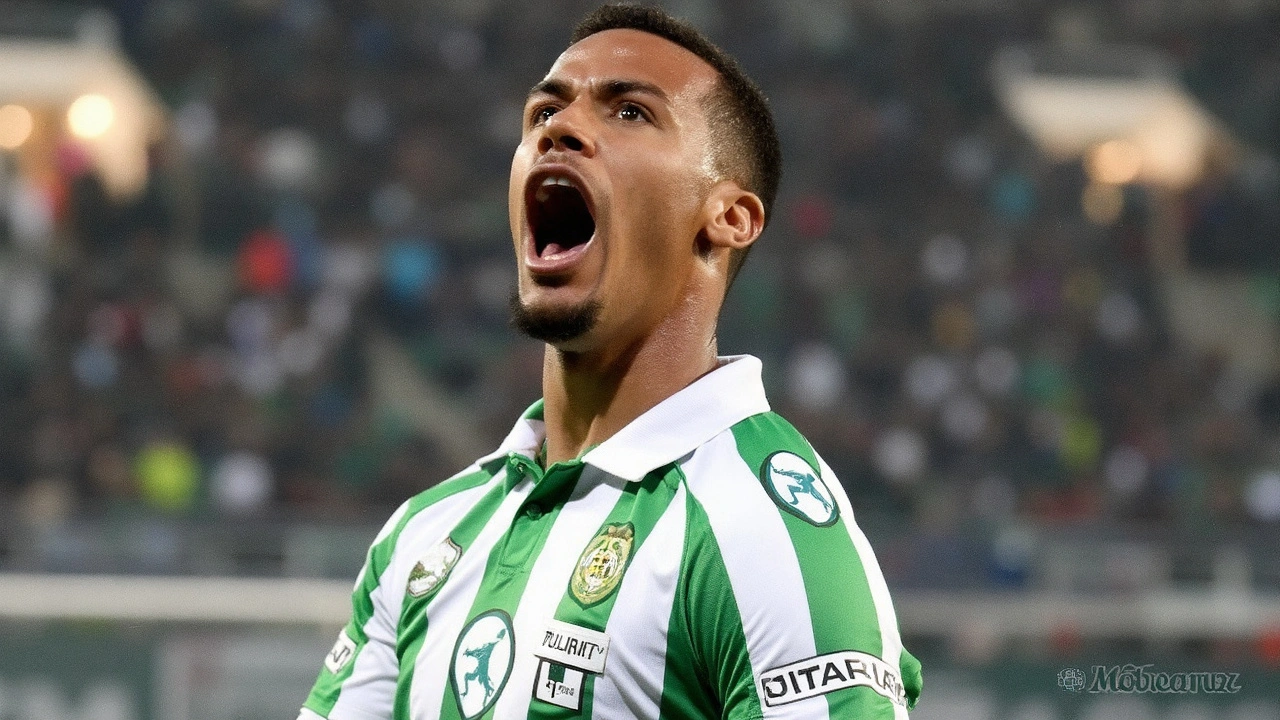
From Potential Stars to Overpriced Headaches
The most expensive among these transfers is Enzo Fernandez, for whom Chelsea paid a whopping €121 million. Despite being a World Cup winner with Argentina, his performance on the pitch hasn’t mirrored his high fee. The pressure of living up to such an investment seems to have weighed heavily on his shoulders.
Meanwhile, Jack Grealish, with his €117.5 million transfer to Manchester City, ended up playing a pivotal role in City’s treble-winning campaign in his second season. However, his third season became a battleground for criticism, with fans and analysts questioning the consistency of his contributions.
Declan Rice, another big-ticket player at €116.6 million for Arsenal, showcased a gradual but steady improvement, eventually cementing his importance in the team's midfield structure. His trajectory seems to suggest a positive return on investment.
Moises Caicedo walked into Chelsea with €116 million worth of expectations. Yet, with immediate competition in the squad, he has struggled to make a definitive impact, leaving Chelsea fans wondering if the price was justified.
For Romelu Lukaku, Chelsea spent €113 million, hoping to replicate his Serie A success. Unfortunately, his underwhelming performances led to a swift return on loan to Inter Milan. The expectation-reality gap was glaring.
Lastly, Paul Pogba arrived at Manchester United for €105 million, only to depart on a free transfer, having never quite lived up to his billing as a player who would turn things around for United.
Each of these transfers shares a common theme: high expectations met with varying levels of success and criticism. In the world of Premier League football, spending big doesn’t always mean gaining big, and teams are constantly grappling with the balance between risk and reward in their transfer strategies.

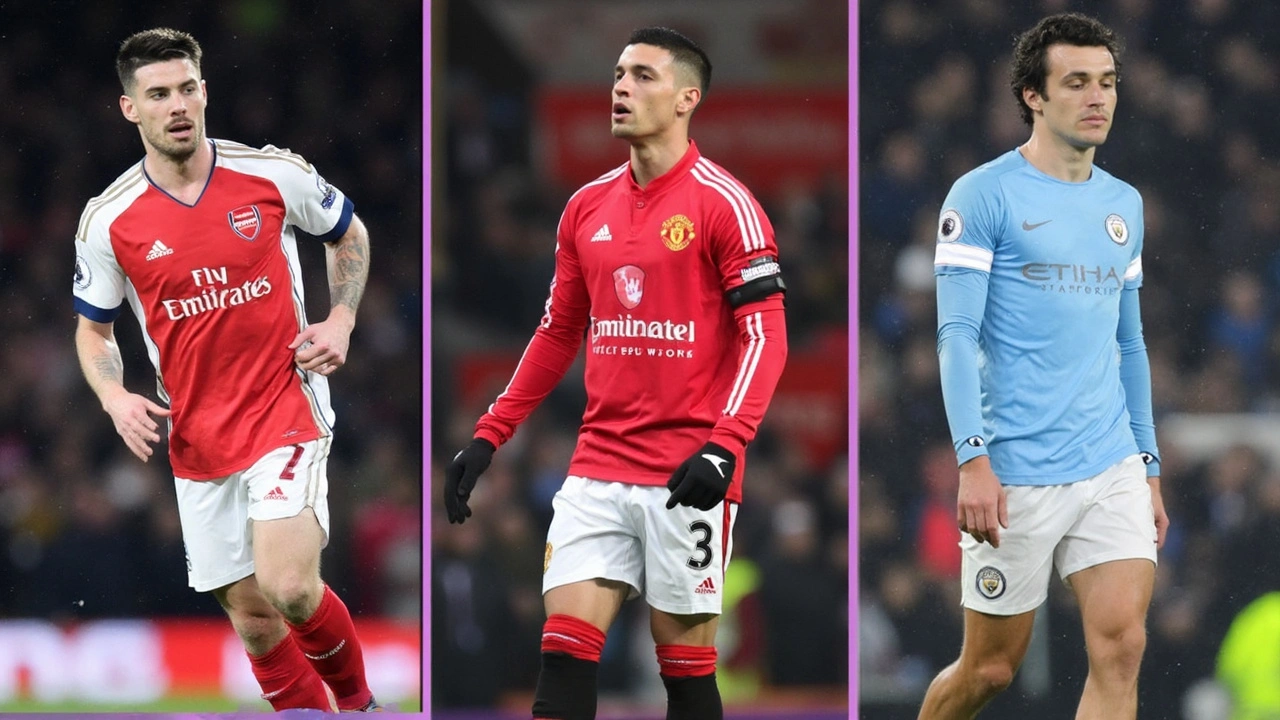


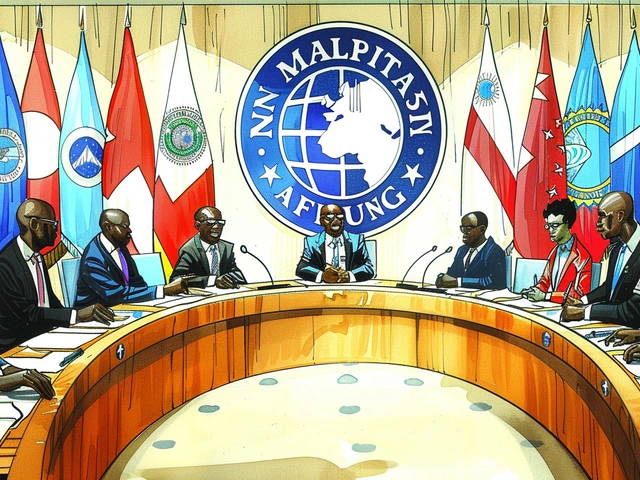

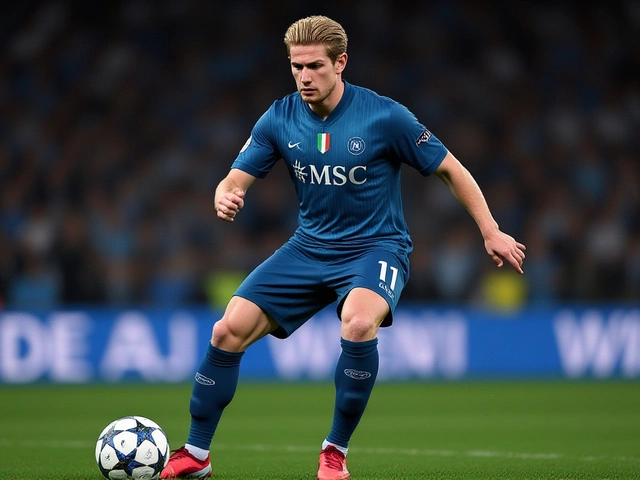
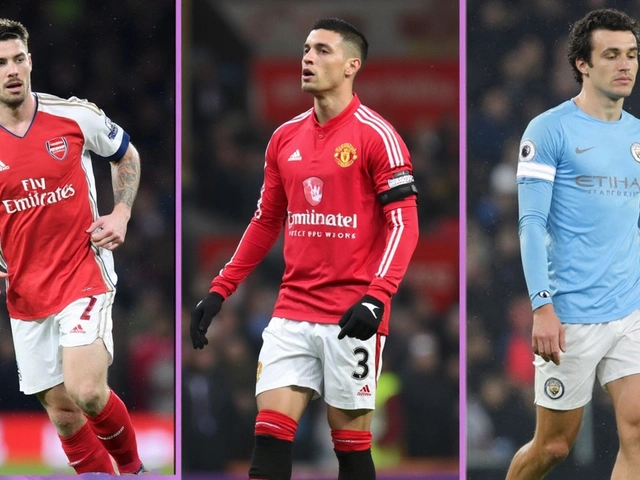

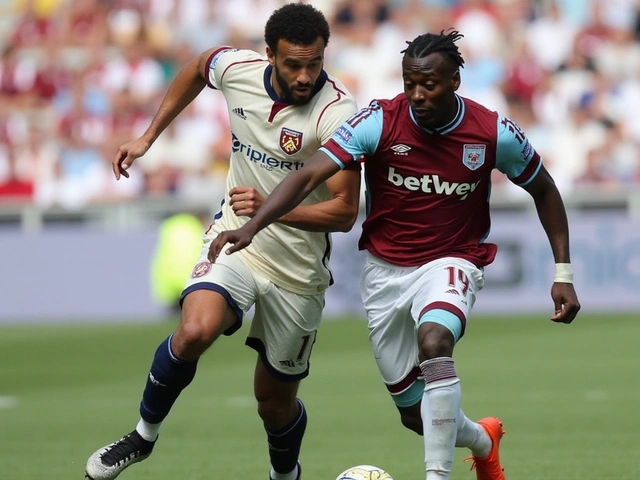
RAVINDRA HARBALA
February 17, 2025 AT 16:59Antony's loan to Betis proves the club's scouting department failed to evaluate his suitability for Premier League football.
Vipul Kumar
February 22, 2025 AT 21:13When evaluating big‑money signings, it's essential to look beyond hype.
Take Enzo Fernandez – a World Cup winner whose adaptation has been sluggish.
Clubs should invest in scouting networks that assess cultural fit and tactical compatibility.
Only then can they avoid costly missteps.
Priyanka Ambardar
February 28, 2025 AT 01:27India's footballing future deserves better than these European over‑spends, and we must demand smarter investments :) The Premier League's inflated fees hurt local talent development, and it's high time we speak up!
sujaya selalu jaya
March 5, 2025 AT 05:41I see your point but prefer a balanced view.
Ranveer Tyagi
March 10, 2025 AT 09:55Wow, what a roller‑coaster ride, folks!!! Chelsea poured €121 million on Fernández, yet his impact remains minimal, and that raises serious questions about transfer policy, scouting accuracy, and managerial patience!!!
Tejas Srivastava
March 15, 2025 AT 14:09The drama! The suspense! Fans watch with bated breath as Caicedo fights for minutes, and the pressure is palpable!!!
JAYESH DHUMAK
March 20, 2025 AT 18:23The recent spate of high‑value acquisitions in the Premier League warrants a rigorous quantitative assessment. Firstly, the amortisation of transfer fees across contract lengths influences a club's financial statements and should not be ignored. Secondly, performance metrics such as expected goals, progressive passes, and defensive actions provide a more objective gauge of a player's contribution than mere hype. In the case of Enzo Fernández, his 1.4 x goal‑per‑90 minutes ratio falls short of the €121 million outlay, suggesting a negative return on investment. Conversely, Jack Grealish's involvement in 63 % of Manchester City's goal‑creating sequences during the treble season illustrates a positive correlation between fee and output. Declan Rice's gradual increase in ball recoveries per 90, from 2.1 to 3.5 over two seasons, underlines the value of a steady developmental trajectory. Moises Caicedo's limited minutes, despite a €116 million price tag, highlight the risk inherent in acquiring players without a clear tactical role. Romelu Lukaku's goal conversion rate of 15 % at Chelsea, contrasted with his 22 % in Serie A, further exemplifies the importance of system compatibility. Paul Pogba's injury‑adjusted minutes per season, averaging 1,200, render his €105 million fee difficult to justify on a per‑minute basis. Financial Fair Play regulations also impose constraints that can exacerbate the repercussions of a failed signing, as clubs may be forced to off‑load assets at a loss. Moreover, the opportunity cost of allocating substantial funds to a single player restricts investment in broader squad depth and academy development. A prudent approach would incorporate scenario analysis, taking into account potential injuries, managerial changes, and tactical shifts. Clubs that adopt data‑driven scouting, coupled with psychological profiling, tend to achieve higher success rates in high‑price transactions. It is also advisable to negotiate performance‑based add‑ons that align the player's remuneration with measurable outcomes. In summary, while marquee signings can elevate a club's brand, the underlying economics demand a balanced, evidence‑based strategy. Future transfer windows should therefore prioritize holistic assessments over sheer market value to safeguard both sporting and fiscal objectives.
Santosh Sharma
March 25, 2025 AT 22:37Your analysis underscores the necessity of disciplined investment. Clubs that internalise these lessons will build lasting success.
yatharth chandrakar
March 31, 2025 AT 03:52Keep your eyes on the data, not the hype. Consistency beats flash any day.
Vrushali Prabhu
April 5, 2025 AT 08:06Yo theere’s no doubt tht big spendings can be a litte tricky – yeh, sometimes clubs go all out nd end up with a mess, lol.
parlan caem
April 10, 2025 AT 12:20Honestly, these overpriced signings are nothing but vanity projects that bleed clubs dry.
Mayur Karanjkar
April 15, 2025 AT 16:34From a systems‑theoretic perspective, misalignment of player archetype and tactical schema precipitates performance decay.
Sara Khan M
April 20, 2025 AT 20:48Not impressed with the outcomes 😒 but maybe next time they'll get it right 😊
shubham ingale
April 26, 2025 AT 01:02Hopeful vibes only 😊
Ajay Ram
May 1, 2025 AT 05:16In the grand tapestry of football economics, each transfer fee is a thread woven into a broader narrative of ambition and risk. When a club like Chelsea decides to allocate over a hundred million euros for a single midfielder, the expectations ripple through every corner of the organization. Fans imagine immediate brilliance, while directors contemplate amortisation schedules that will echo for years. Yet the reality often unfolds in measured steps, with adaptation to a new league, language, and cultural environment dictating the pace of success. Enzo Fernández, for instance, arrived with the applause of a World Cup champion but found his influence diluted by competition for places and tactical adjustments. Such scenarios remind us that beyond raw talent lies the subtle art of integration, a factor that scouting reports can only partially capture. Moreover, the psychological weight of a colossal price tag can be a double‑edged sword, spurring performance or breeding paralysis. Clubs that recognise this duality often embed mentorship programs, allowing newcomers to acclimate with guidance from seasoned veterans. Conversely, absent supportive structures, even the brightest prospects may flounder, turning a lucrative investment into a financial albatross. From a strategic standpoint, diversifying spend across several promising talents can mitigate risk, rather than banking on a single marquee acquisition. This principle has guided many successful clubs, where a balanced squad depth sustains competitiveness across multiple competitions. Ultimately, the lesson reverberates: prudence, patience, and a holistic vision are indispensable companions to any ambitious transfer agenda.
Dr Nimit Shah
May 6, 2025 AT 09:30While some may cling to nostalgia, it's clear that only the truly elite understand the nuanced calculus behind such investments.
Ketan Shah
May 11, 2025 AT 13:45Interesting to note the variance in return on investment; perhaps a blend of academic rigor and street‑wise intuition could bridge the gap.
Aryan Pawar
May 16, 2025 AT 17:59What a ride clubs are on the transfer market they just keep pushing money and hope it sticks